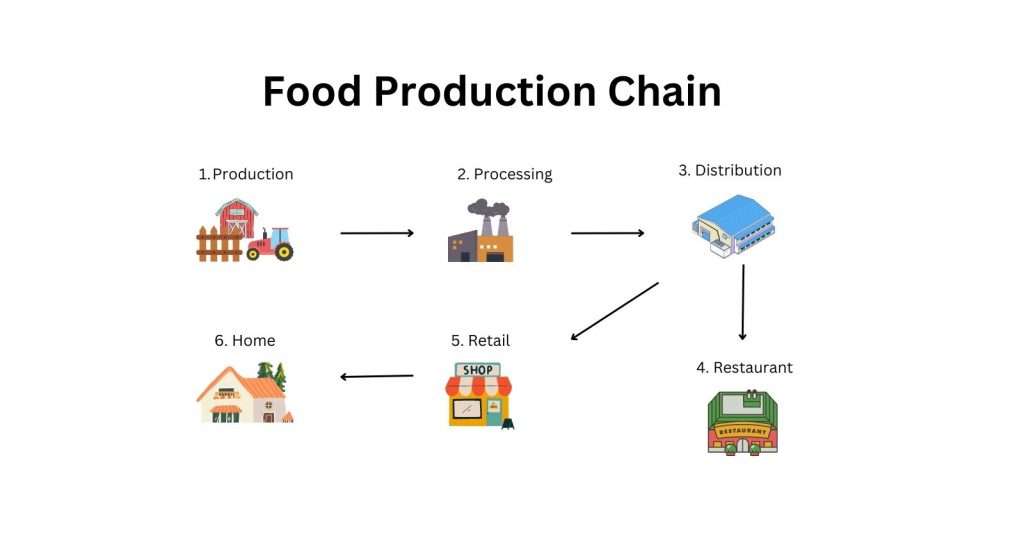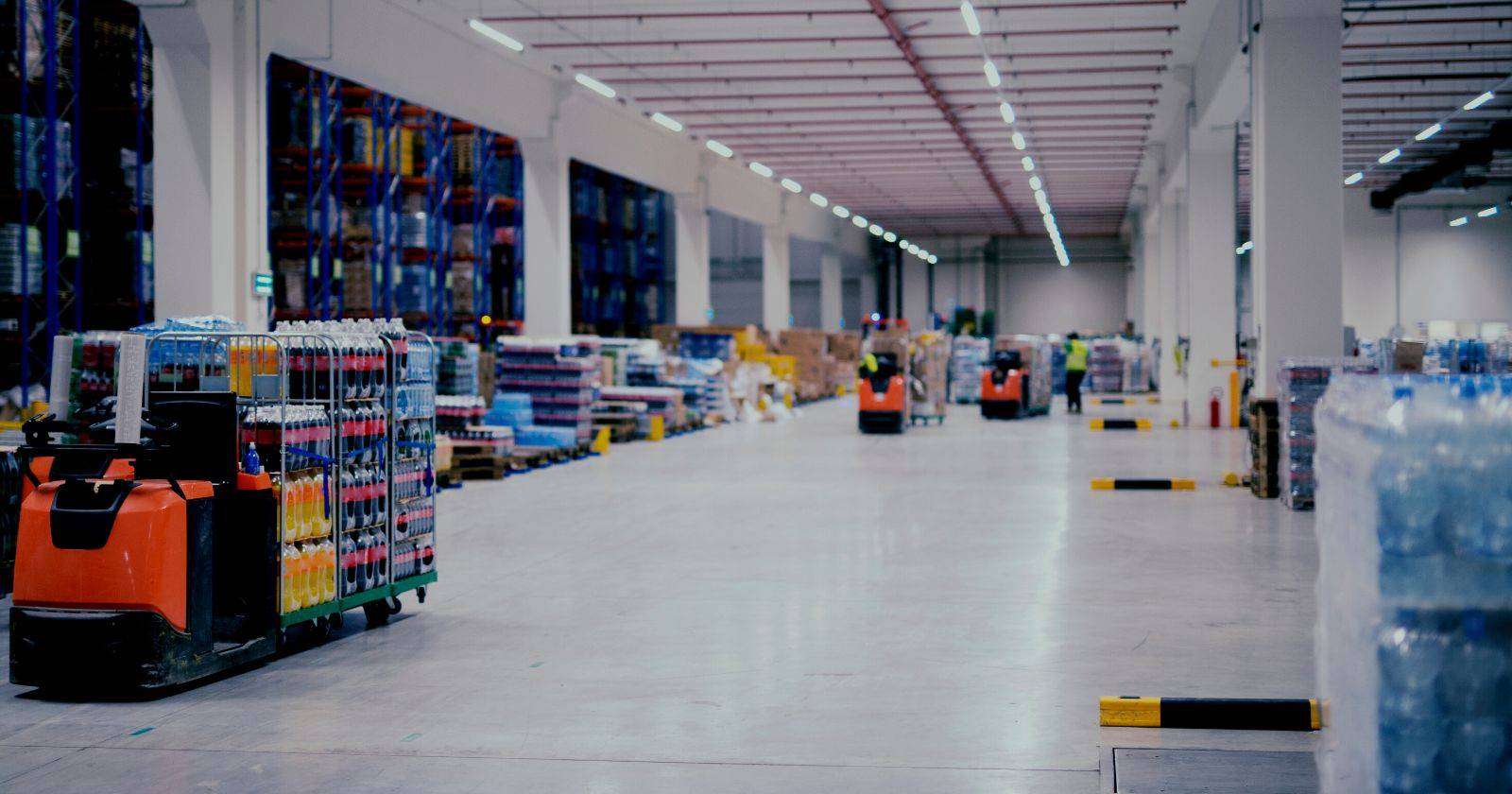Have you ever wondered what happens to your food before it reaches your plate? Food processing is an essential aspect of the food industry, responsible for transforming raw ingredients into safe and edible food products.
From cleaning and sorting to canning and packaging, food processing involves a wide range of techniques that help to preserve food, make it safe for consumption, and meet consumer demand. In this blog post, we will explore the fascinating world of food processing, unravelling the mysteries behind the scenes of the food we eat.
We will delve into the different types of food processing, common techniques used in food processing, the impact of food processing on nutrition, and the future of food processing.

By the end of this post, you will gain a deeper understanding
- What is Food processing?
- Why do we need food processing?
- What are the types of Food Processing?
- What are the Food Processing Techniques?
- What are the Types of Food Processing Industries?
What is food Processing?
Food processing is the process of transforming raw ingredients into edible food products through various physical, chemical, and mechanical processes. It involves a wide range of activities such as cleaning, sorting, cutting, cooking, freezing, canning, and packaging food products.
The primary objective of food processing is to ensure that food is safe for consumption, retains its nutritional value, and increases its shelf life. Additionally, food processing plays an essential role in providing convenience for consumers and meeting the ever-increasing demand for food products.
The process of food processing has evolved over time, with the incorporation of new technologies and practices that aim to improve efficiency and sustainability.
Why do we need Food Processing?
Food processing is an essential aspect of the food industry that involves transforming raw food materials into edible and marketable products. The process of food processing helps to preserve the quality and safety of food products, improve their nutritional value, and enhance their flavour, texture, and appearance. Here are some reasons why we need food processing:
Preservation: Food processing helps to preserve food by preventing spoilage, contamination, and degradation. This helps to extend the shelf life of food products and reduce food waste.
Safety: Food processing involves various techniques such as pasteurization, canning, and irradiation that can help to kill harmful bacteria and pathogens that can cause foodborne illnesses.
Convenience: Food processing helps to make food products more convenient to use and consume. For example, ready-to-eat meals, frozen foods, and canned goods are all products of food processing that are easy and convenient to prepare.
Nutritional value: Food processing can also help to enhance the nutritional value of food products. For example, fortification with vitamins and minerals can help to address nutrient deficiencies in the population.
Marketability: Food processing can improve the quality, flavor, texture, and appearance of food products, making them more appealing and marketable to consumers.
Overall, food processing plays a crucial role in providing safe, nutritious, and convenient food products to consumers.
What are the types of Food Processing?
There are 3 types of food processing, including:
A. Primary Food Processing
Primary food processing refers to the initial stages of food production that involve the handling and preparation of raw materials, such as fruits, vegetables, grains, and animal products. The primary processing of these raw materials typically involves activities such as cleaning, sorting, grading, and packaging.
In this stage, raw materials are cleaned to remove dirt, rocks, and other foreign materials. They are then sorted and graded according to quality and size. This process helps to ensure that only high-quality raw materials are used in the production of food products.
After sorting and grading, the raw materials are packaged to protect them during storage and transportation. Proper packaging also helps to prevent spoilage and contamination.
Primary processing is essential to ensure the quality and safety of the raw materials used in food production. It helps to remove any impurities, ensure consistency in the quality of the raw materials used, and prevent contamination.
A. Secondary Food Processing
Secondary food processing is the stage of food processing that involves the conversion of primary products into intermediate or final products. It involves various operations to transform raw materials into more complex and value-added food products.
Examples of secondary food processing include cooking, canning, freezing, dehydrating, milling, and refining. These processes are used to modify the texture, flavour, and appearance of food products, as well as to preserve them for extended periods.
Secondary processing is an essential aspect of the food industry as it allows for the creation of a wide variety of food products that meet the demands and preferences of consumers. It also helps to extend the shelf life of food products, enabling them to be transported over long distances and stored for extended periods.
However, it is important to note that some secondary processing techniques can reduce the nutritional value of food products. Therefore, it is essential to balance the benefits of food processing with the need to maintain the nutritional value of the final products.
C. Tertiary Food Processing
Tertiary food processing refers to the final stage of food production, which involves the processing of intermediate products into final products that are ready for consumption. This stage includes activities such as cooking, baking, and packaging food products.
During tertiary food processing, intermediate products such as dough, sauces, and pastes are transformed into finished food products such as bread, pizza, and canned goods. These products are often packaged in a way that makes them convenient for consumers to purchase and consume.
Tertiary food processing plays a critical role in the food industry by providing consumers with a wide range of safe, convenient, and affordable food products. It involves the use of advanced technologies and processes to ensure that food products are produced efficiently, safely, and to high-quality standards.
What are the Food Processing Techniques?
The following is a summary of traditional food processing techniques.
A. Homogenisation: This is a process that involves breaking down fat molecules into smaller particles to ensure they are evenly distributed in food products. It is commonly used in the production of milk, ice cream, and other dairy products to prevent separation and improve texture.
B. Pasteurisation: This is a process of heating food products to kill harmful bacteria and other microorganisms that can cause illness. Commonly used in milk, juice, and other beverages, pasteurisation helps to extend the shelf life of these products while ensuring they are safe for consumption.
C. Canning: This is a preservation technique that involves sealing food products in airtight containers and heating them to kill any harmful bacteria. The sealed containers prevent air and other contaminants from entering, thus preserving the food product for an extended period.
D. Drying: This is a technique that involves removing moisture from food products to extend their shelf life. Commonly used in fruits, vegetables, and meat, drying helps to prevent spoilage and allows these products to be stored for longer periods.
E. Smoking: This is a traditional preservation technique that involves exposing food products to smoke from burning wood or other materials. The smoke helps to preserve the food product by inhibiting the growth of harmful bacteria and adding flavor.
Overall, these traditional food processing techniques have been used for centuries and continue to be essential in modern food processing. They help to preserve food, extend its shelf life, and ensure it is safe for consumption, while also adding flavour and improving texture.
Types of Food Processing Industries
Food processing is a vast industry that encompasses many different sectors and sub-sectors. Some of the primary types of food processing industries include:
- Dairy processing: This sector involves the production of milk, cheese, yoghurt, and other dairy products.
- Meat processing: This sector involves the production of meat products, including beef, pork, poultry, and fish.
- Fruit and vegetable processing: This sector involves the production of canned fruits and vegetables, frozen fruits and vegetables, and other value-added products made from fruits and vegetables.
- Grain processing: This sector involves the production of flour, cereal, and other grain-based products.
- Snack food processing: This sector involves the production of snacks such as potato chips, crackers, and pretzels.
- Beverage processing: This sector involves the production of soft drinks, juice, and other non-alcoholic beverages.
- Confectionery processing: This sector involves the production of candy, chocolate, and other sweets.
- Bakery processing: This sector involves the production of bread, cakes, and other baked goods.
- Prepared food processing: This sector involves the production of pre-cooked or partially cooked meals that can be reheated and served.
Overall, these different types of food processing industries play a critical role in meeting consumer demand for safe, nutritious, and convenient food products. Each sector uses different processing techniques and equipment to transform raw materials into finished food products.
Read More: famous food of Rajasthan
Resource

